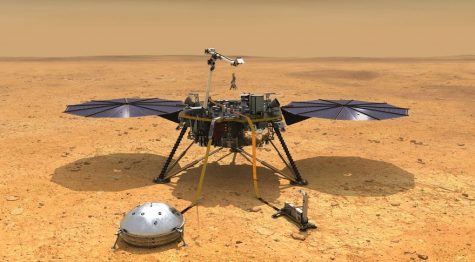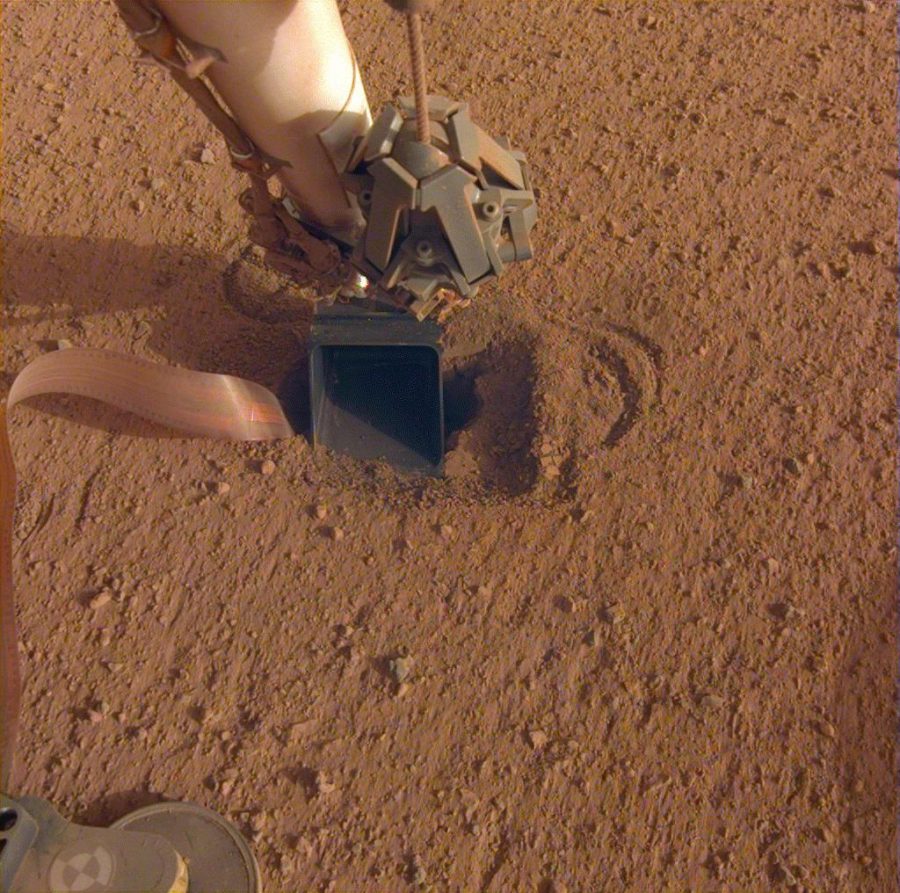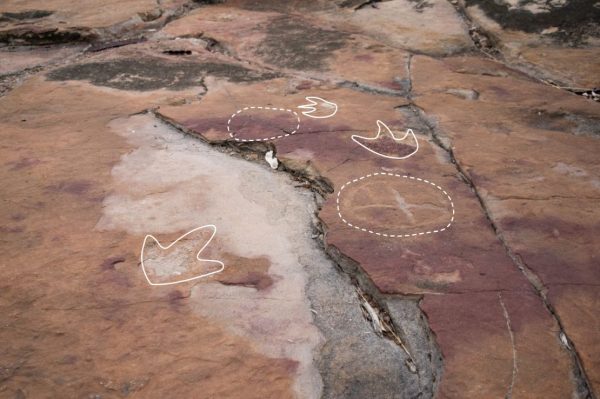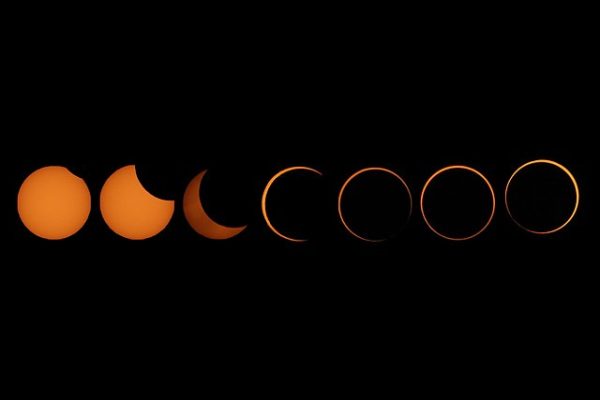NASA’S Mars Digging Expedition Leaves Them 800 Million Dollars in the Hole
January 22, 2021
Space… The great unknown… A vast, desolate void that surrounds everything we know of on planet earth. For years, scientists have banded together to venture into the unknown in the name of research. Sometimes those ventures are worthwhile, as we’ve sent hundreds of people to space along with gathering evidence and figuring out the facts about the cold, desolate space that our planet floats around in. Other times these ventures don’t go quite as well, as you can never account for everything. One of these more current missions from NASA has yielded mixed results over the past few years and was just ended with little information gained.

The NASA InSight mission started on May 5th in 2018. The mission’s goal was to observe tectonic activity and understand the formation & evolution of Mars and similar planets through investigating the structure of the Red Planet. After a 6 month-long voyage, the landing was a success and the surface-ops phase of the mission began. This would end up being the most challenging part of the mission as the surface of Mars proved to be as inhospitable and dangerous as ever. The primary intention of the mission was terraforming the surface and the way they’d do that was with their “mole”. It uses a hammering technique to try to dig further into the ground, but the ground on Mars is tough and cement-like, while also having a lot of dust that can get kicked up. This is bad for multiple reasons, as the mole wasn’t able to dig in deep enough to get the data they wanted, and whenever they dug, the dust would kick up and block off the solar panels that were powering the mole. This problem was repeatedly pondered by the engineers at NASA, but they couldn’t come up with a solution from millions of miles away.
After two years and 814 million dollars spent, the NASA InSight mission is officially over. Although their main objective with the mole was ultimately unsuccessful, there were still other parts of the mission that ended well. The launch, travel and landing all went off without notable issue, and some data that the mission collected is still of interest. In April 2019, the InSight lander had detected and recorded a “Marsquake” which, as the name suggests, is an earthquake on Mars. They also could measure the weather and temperature using heat probes and seismometers that were placed around the landing site. The mission was technically a failure, but with the additional information that they’ve gained NASA will surely come back with a better solution to breaking ground on Mars.












